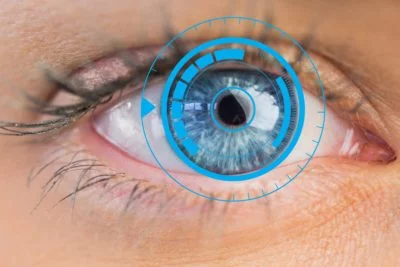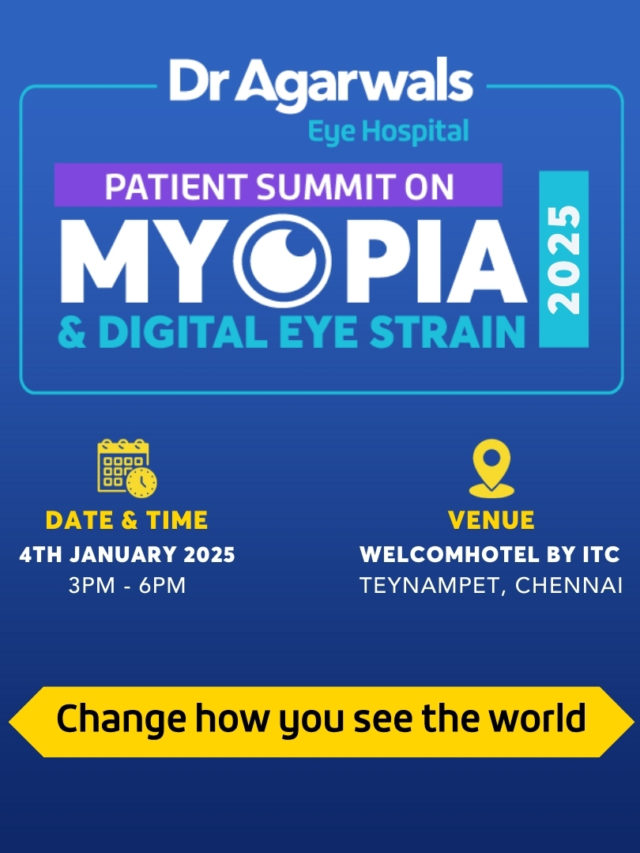Most people wake up with a small amount of eye mucus in the corner of their eyes. This sticky material, also known as eye discharge, eye boogers, or rheum, is generally harmless and forms as your eyes clear away debris overnight.
However, excessive eye mucus, particularly if it is thick, coloured, or sticky, may indicate underlying problems such as infection, allergies, dry eyes, or tear-duct blockage. If you have wondered how to get rid of eye mucus, this guide explains common causes, home remedies, medical treatments, and when to seek medical help.

Understand Eye Mucus (Eye Discharge)
Eye mucus is a combination of tears, oil, skin cells, and other debris that collects in the eye corners. During blinking, most of it is washed away. At night, when blinking stops, mucus can accumulate, leading to morning eye boogers.
Doctors use the medical term rheum to describe this discharge. A small amount is normal, but significant changes in its texture, colour, or volume often signal irritation, infection, or other eye conditions that require closer attention.
Identify the Causes of Excess Eye Mucus
Pink Eye (Conjunctivitis)
Pink eye is one of the most common causes of eye mucus. It can be viral, bacterial, or allergic. Symptoms include red eyes, irritation, and watery or pus-like discharge. Bacterial cases often produce yellow or green pus.
Keratitis
Keratitis is inflammation of the cornea, often caused by bacteria, viruses, fungi, or parasites. It produces pain, redness, and sometimes thick pus or stringy eye mucus. If untreated, keratitis can threaten vision.
Blepharitis
Inflammation of the eyelids, or blepharitis, results from clogged oil glands or skin mites. This condition creates crusty eyelids, sticky discharge, and eyes that feel gritty or stuck together after sleep.
Stye or Chalazion
A stye or chalazion is a painful eyelid lump caused by gland infection or blockage. Along with swelling and redness, they may release yellow pus or mucus.
Blocked Tear Ducts (Dacryocystitis)
Tear-duct blockages prevent normal tear drainage, leading to watery or sticky discharge. Baby eye mucus is often linked to blocked tear ducts in infants. In adults, dacryocystitis can cause painful swelling and recurrent discharge.
Dry Eye Syndrome
When tears do not lubricate the eyes properly, sticky or white, stringy mucus in the eye may appear. Dry eye is common in older adults, contact lens wearers, and those spending long hours on screens.
Allergies and Irritants
Pollen, dust, pet dander, or smoke can cause watery or excessive eye mucus. Allergic conjunctivitis often produces itching and redness alongside discharge.
Contact Lenses and Cosmetics
Dirty or overused contact lenses and old eye makeup can irritate the eyes, leading to mucus build-up and risk of infection.
Eye Injuries & Foreign Objects
Scratched corneas or debris in the eye can trigger redness, watering, and sticky discharge as the eye tries to heal itself.
Less Common Causes
Rare causes include trachoma (a bacterial infection), inward-turning eyelids (entropion), and serious infections like orbital cellulitis, which require urgent care.
Home Remedies to Remove Eye Mucus Naturally
If you are wondering how to cure eye mucus at home, try these safe measures:
- Warm compress: Soak a clean cloth in warm water and place it over closed eyelids for 5-10 minutes to soften dried mucus. This will also help reduce swelling.
- Gentle cleaning: Wipe eyes with a sterile cotton pad from the inner to the outer corner. Avoid rubbing.
- Artificial tears: Lubricating drops reduce dryness and stringy eye mucus.
- Good hygiene: Remove makeup before sleep, clean contact lenses as directed, and replace old eye products.
- Avoid allergens: Stay away from dust, pollen, or smoke if these worsen your symptoms.
- Hydration: Drink enough water to maintain healthy tear production.
These methods can serve as eye floaters home treatment alternatives for mild symptoms, but persistent or worsening discharge needs medical care.
Medical Treatments for Persistent Eye Mucus
Sometimes eye mucus treatment requires professional intervention:
- Antibiotic or antiviral eye drops/ointments: For bacterial or viral conjunctivitis.
- Antifungal or antiparasitic medication: For keratitis caused by fungi or parasites.
- Blocked tear ducts: Massage, probing, or minor surgery may be required, especially in infants.
- Allergic conjunctivitis: Antihistamine or mast-cell stabilising drops may reduce watery or sticky mucus.
- Severe infections: Eye cellulitis requires hospital care with intravenous antibiotics and sometimes surgery.
Doctors may also recommend preservative-free artificial tears for dry eye or prescribe new therapies, often referred to as new treatments for eye floaters or advanced tear-film support therapies.
When to See a Doctor about Eye Mucus
Seek immediate care if you have:
- Thick yellow or green pus with pain or swelling.
- Excessive eye mucus that does not improve.
- Redness, light sensitivity, or blurred vision.
- Fever or swelling spreading beyond the eyelid.
- Discharge following an eye injury or surgery.
These warning signs may indicate serious infections or structural eye problems requiring urgent eye mucus treatment.
Prevent Eye Mucus Build Up
To reduce the risk of eye mucus, practice these habits:
- Wash your hands regularly and avoid touching your eyes.
- Use clean towels and pillowcases; replace eye makeup often.
- Wear sunglasses outdoors to protect against dust and UV light.
- Limit screen time; follow the 20-20-20 rule to rest eyes.
- Stay hydrated and maintain a balanced diet rich in leafy greens, fruit, and omega-3 fatty acids.
- Schedule regular eye exams, especially if you have diabetes or high blood pressure.
These steps help lower the risk of both eye mucus reasons and complications from eye infections.
Conclusion
A small amount of eye discharge is normal and often harmless. However, excessive eye mucus, especially if thick, coloured, or persistent, usually signals an underlying problem such as infection, dry eyes, or blocked tear ducts.
Knowing how to get rid of eye mucus involves recognising whether home care is sufficient or whether professional eye mucus treatment is required. Simple steps, such as using warm compresses, practising hygiene, staying hydrated, and avoiding irritants, can help reduce symptoms.
Yet, if mucus is associated with pain, vision changes, or swelling, consult an eye care specialist immediately. With timely treatment and preventive care, most causes of eye mucus can be effectively managed, keeping your vision clear and comfortable.









